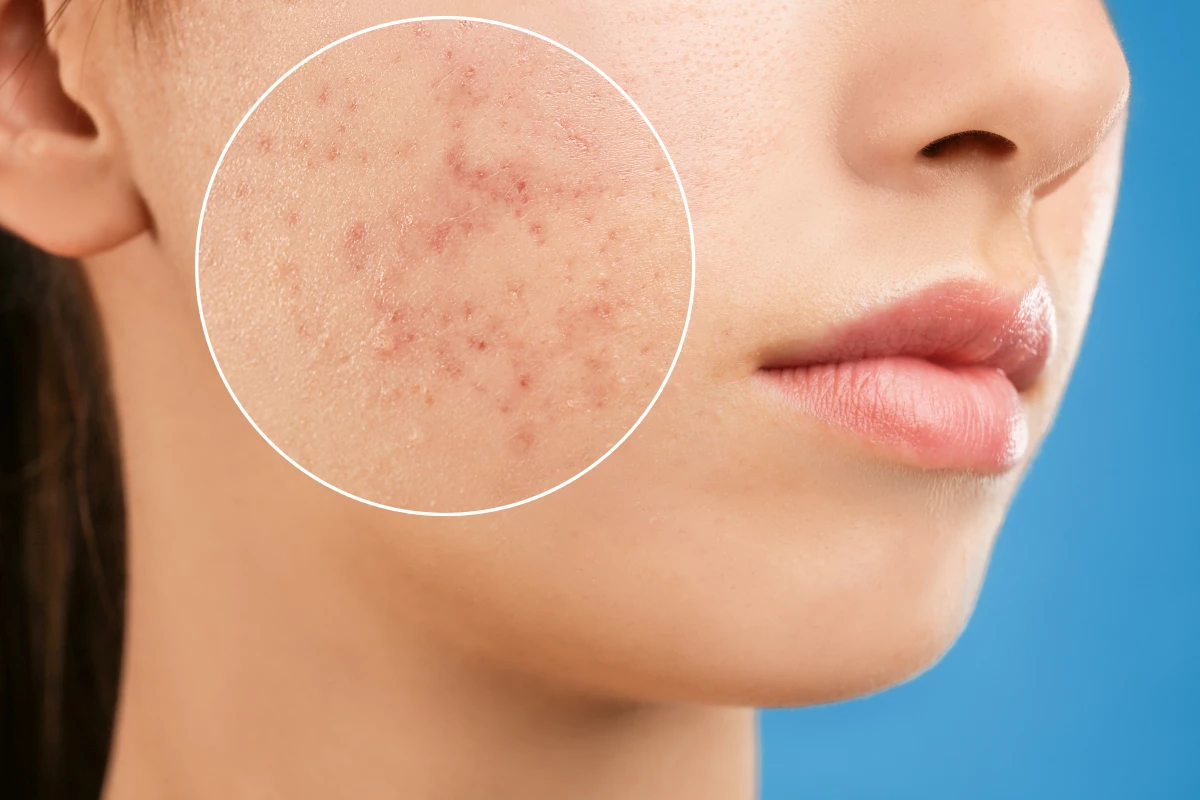For the estimated 800 million people worldwide – and 45 million in the US alone – battling personal wars with acne, a new, broadly successful mode of treatment would have a profound impact on quality of life.
Recent developments have included combining microneedles and ultrasound to knock out acne-causing bacteria.
Now, scientists from the University of South Australia, have looked even smaller, using nanotechnology to deliver the stubborn skin pathogen a deadly surprise.
Researchers have used soft nanoparticles 50,000 times smaller than the width of a human hair to deliver the antibacterial compound known commonly as Narasin to acne’s ground zero, the pilosebaceous unit.
The pilosebaceous unit, or the hair follicle, shaft and sebaceous gland, is a thriving breeding ground for the Cutibacterium acnes bacteria. It’s also frustratingly hard to treat, with current oral and topical medications offering a mixed bag of results, and long-term use can see bacterial resistance develop.
By delivering a novel antibiotic straight to the target, the treatment proved 100-fold more effective in reaching its destination than other methods.
“Although there are many oral medications prescribed for acne, they have a range of detrimental side effects, and many are poorly water soluble, which is why most patients and clinicians prefer topical treatments,” said researcher Fatima Abid.
Using pig ear skin as a model, Abid and team armed their nano-scale delivery drivers with packages of NAR, commonly known as Narasin. NAR, a polyether antibiotic, is known for a range of agriculture uses including prevention of the parasitic disease coccidiosis in broiler chickens.
First approved for use on chickens in 1986, it's previously shown to have antiprotozoal, antifungal and antiviral potential. This is the first time it's been investigated as a treatment for acne. This, along with the concentrated method of delivery, reduces the risk of C. acnes developing drug resistance.
“The micelle formulation was effective in delivering Narasin to acne target sites, as opposed to the compound solution which failed to permeate through skin layers,” said Sanjay Garg, pharmaceutical scientist and professor at the University of South Australia.
The promising results open the door for the team to develop this treatment for human studies.
The study was published in the journal Nanoscale.
The research team discuss their findings in this video below.
Source: University of South Australia





